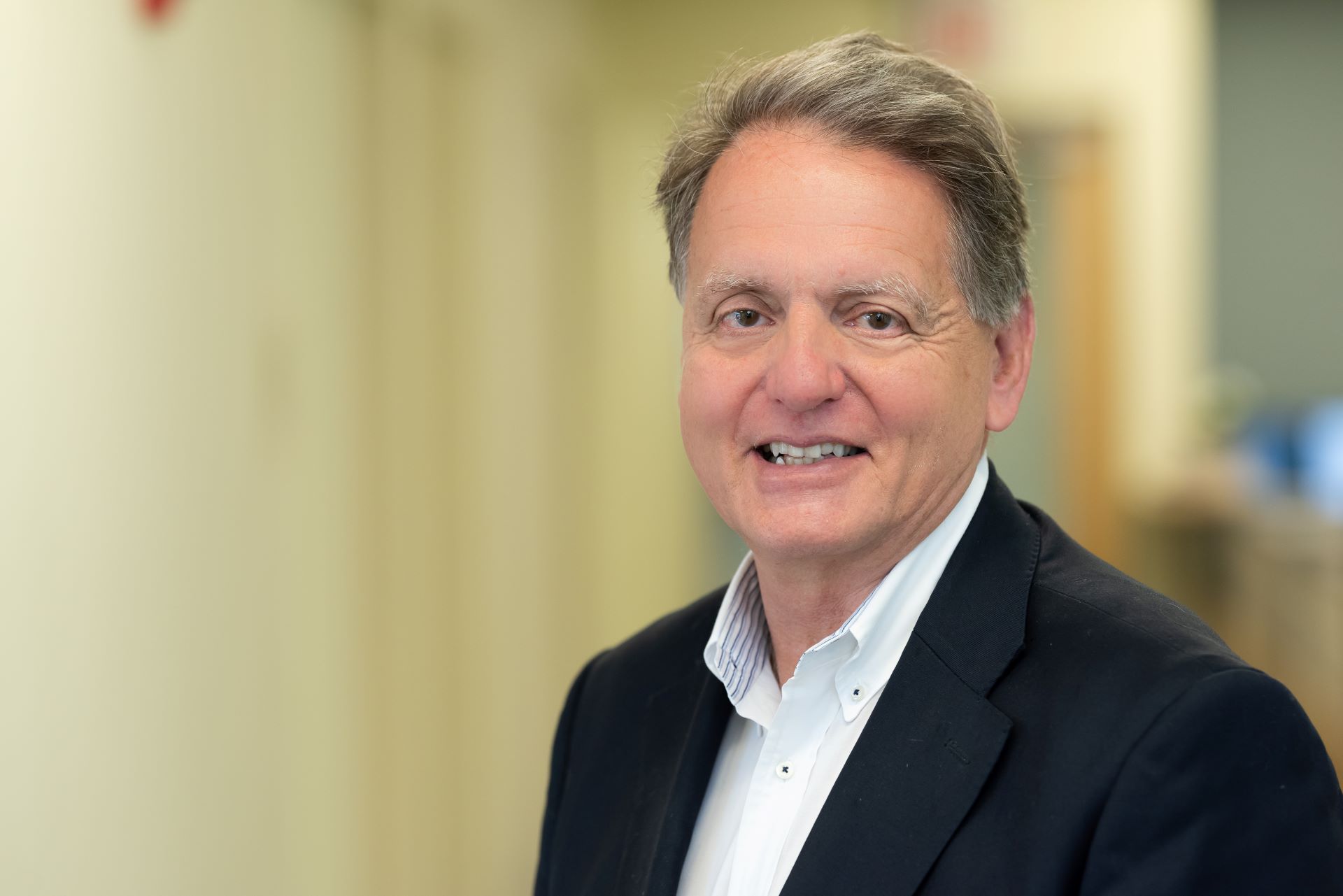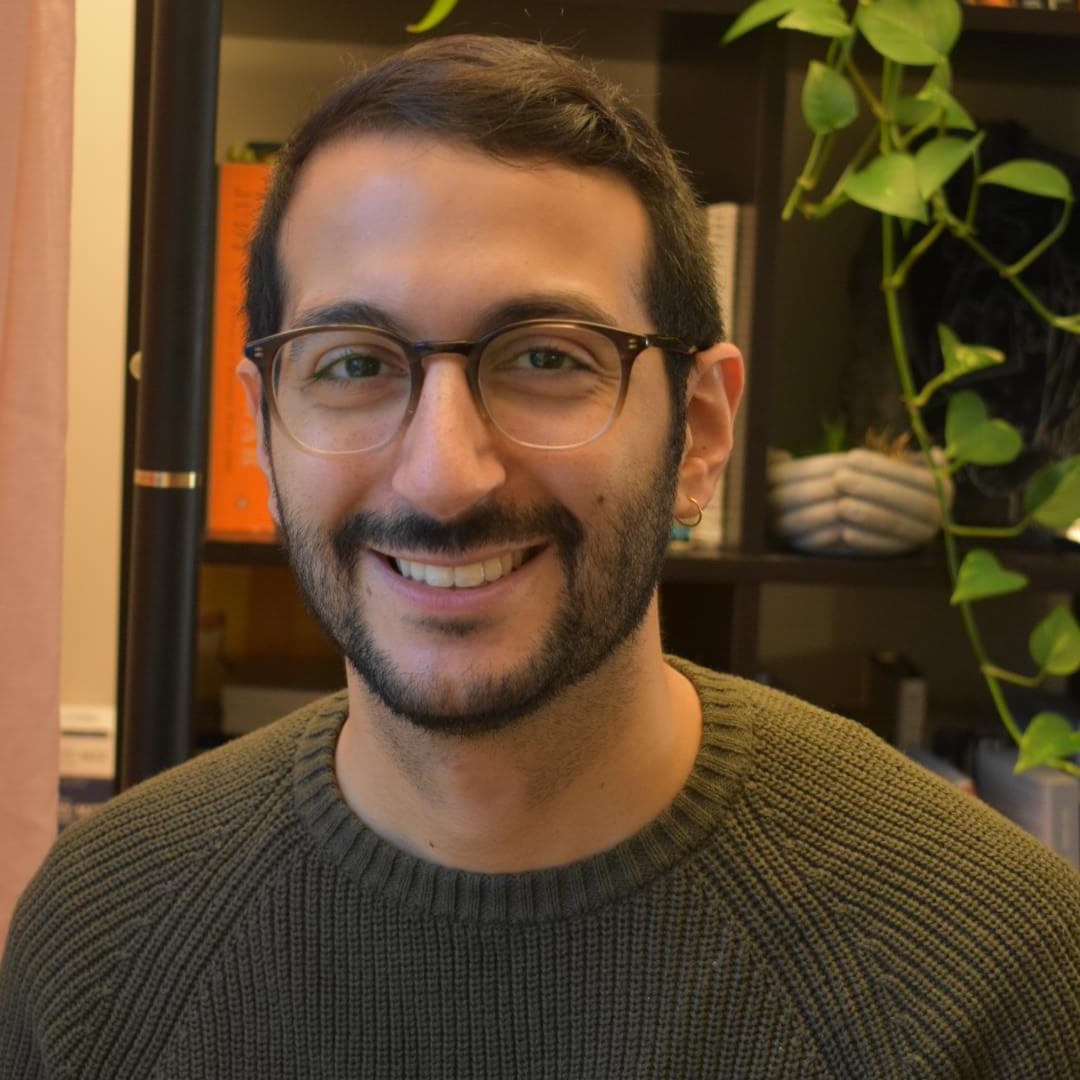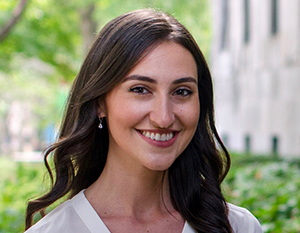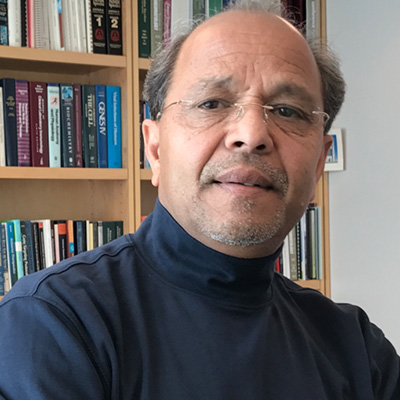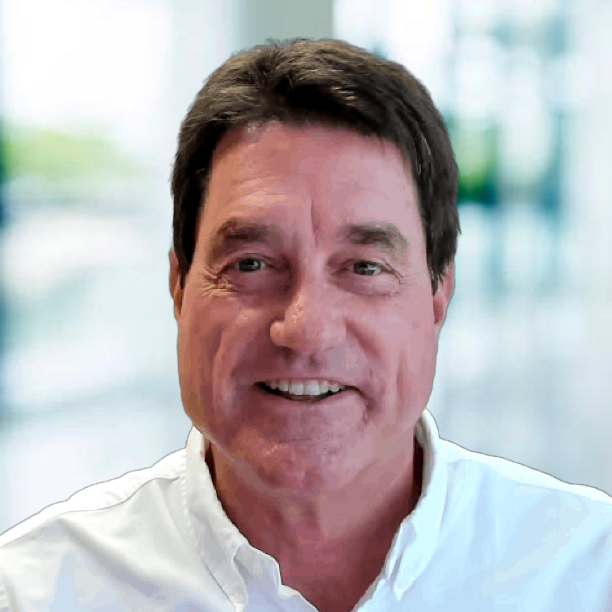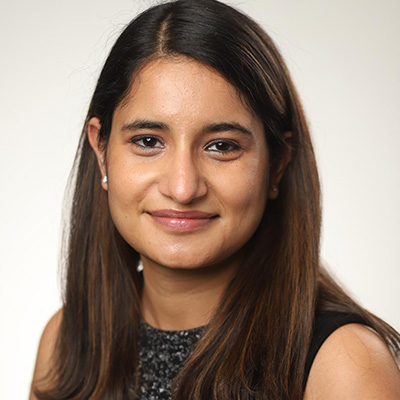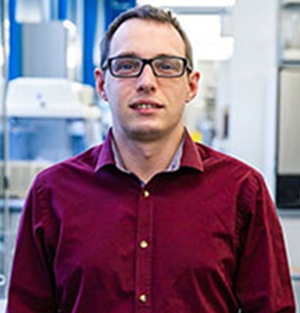
Looking for something?

Daniel O’Reilly MChem, PhD Candidate
McGill University
How did you become interested in the field of oligonucleotides?
My introduction to the world of genetic disease and oligonucleotides came at an early age when my mum was diagnosed with Huntington’s Disease (HD). Witnessing the impact of this disease on my mum instilled in me a drive to pursue therapeutics for all genetic diseases. I began reading about oligonucleotides and decided to join Prof. Jon Watts’ lab at the University of Southampton, for my undergrad project. During this time, I was also introduced to Prof. Masad Damha’s work, and Jon encouraged me to apply to join his lab at McGill University. My current research focuses on developing novel therapeutics by understanding structural relationships. My projects have been reliant on great collaborations involving members of the OTS. One of my many highlights has been developing oligonucleotides for up-regulation of Frataxin to treat Freidreich’s Ataxia, in collaboration with Prof. David Corey at UT SouthWestern. I had the opportunity to present my work to patients suffering from Freidreich’s Ataxia, which was an honor. Last year, I even did a research exchange in the Corey lab for two months, to understand the biochemistry aspects of oligonucleotide therapeutics.
Who were your early mentors?
I would like to thank Jon Watts for encouraging me to apply to venture to McGill. The person who has influenced me most, scientifically and personally, is my PhD supervisor, Masad Damha. He has a real love for the field (especially FANA), has tremendous knowledge, kindness and gives you every opportunity for you to be the best. He also sets a high standard for good writing and science, which I hope to emulate throughout my career. When I discovered that I have the Huntington’s Disease gene, his words of support and encouragement inspired me to not let the diagnosis stop me from making an impact in the field. David Corey has also provided me great insight into the discovery of new disease targets, career plans and his work on Huntington’s Disease.
How did you become involved in OTS?
Every member of Damha’s lab looks forward to the OTS due to the fantastic science and amazing networking experience it provides. I’ve been attending the annual meetings since 2016.
Why do you continue to support the OTS?
The OTS is a fantastic group of people who are extremely knowledgeable on a wide range of Oligonucleotide therapeutics, and I am honored to be a part of it.
What is special about the type of research/work you’ve done?
My work mainly is considered working on the fundamentals of nucleic acids: Structure and function. But by studying the relationship between the two in different systems, we have developed new therapeutic motifs for ASOs, and modified crRNA for CRISPR-Cas9. The latter is down to a collaboration with Keith Gagnon.
What do you like to do in your free time?
I enjoy reading (particularly Sci-Fi), playing football (Soccer for my North American colleagues), squash and spending time with friends & family. I am a big fan of Portsmouth FC and whenever I am home, I watch them play football. For a few years I took Jive classes and thoroughly enjoyed them!


